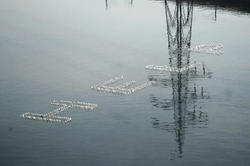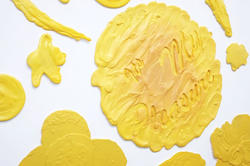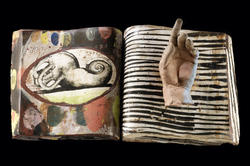As the 2018 Kirloskar Visiting Scholar in Painting, Delhi-based artist Asim Waqif shared insights from a career of making art in service of the public good.
Bhabha Finds Beauty in the Forsaken
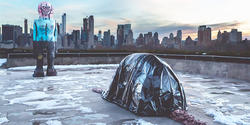
“I have a fondness for rough edges and see beauty in forsaken landscapes,” says acclaimed artist and RISD alum Huma Bhabha 85 PR. “My work references colonialism, displacement, memories of home and the ruins of war, but without losing sight of the inherent humor that rescues us from despair.”
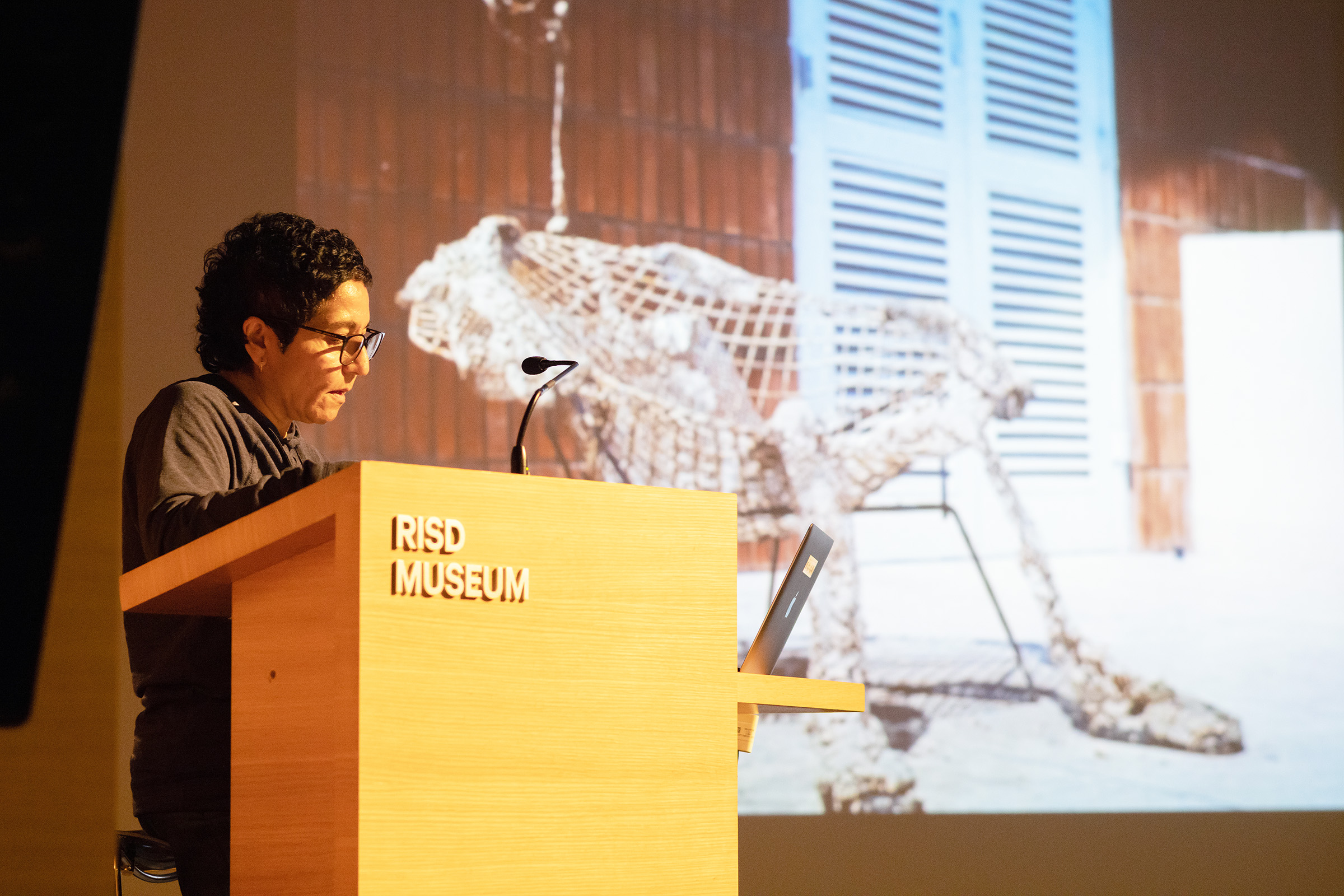
Bhabha visited campus in late April as this year’s Kirloskar Visiting Scholar in Painting. The endowed program was established in 2013 with the goal of connecting current RISD students with South Asia-based artists and practices. In addition to delivering a lecture about her evolving practice, the Pakistani-born maker met with graduate students in Painting to discuss inspiration, process and composition.
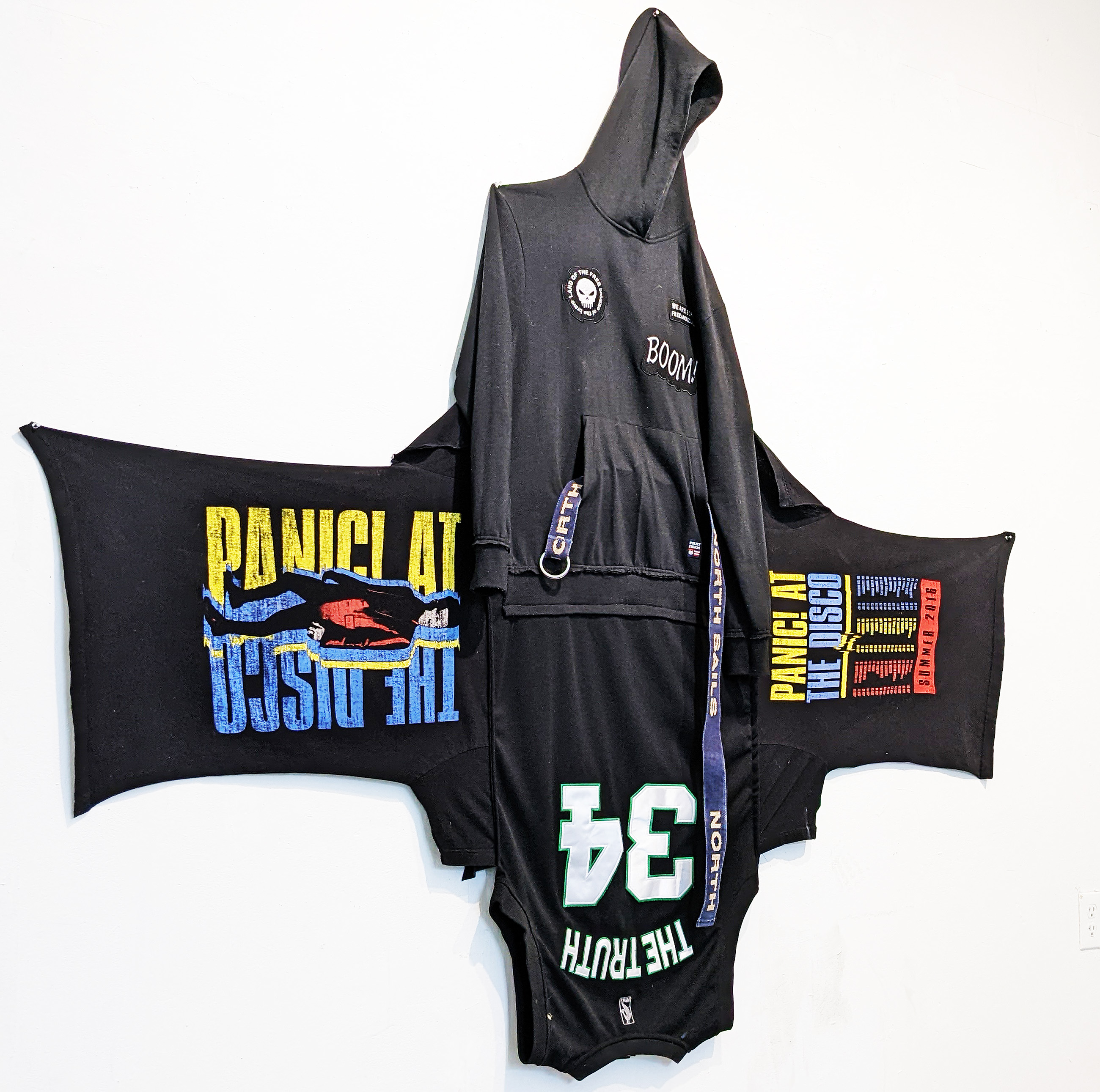
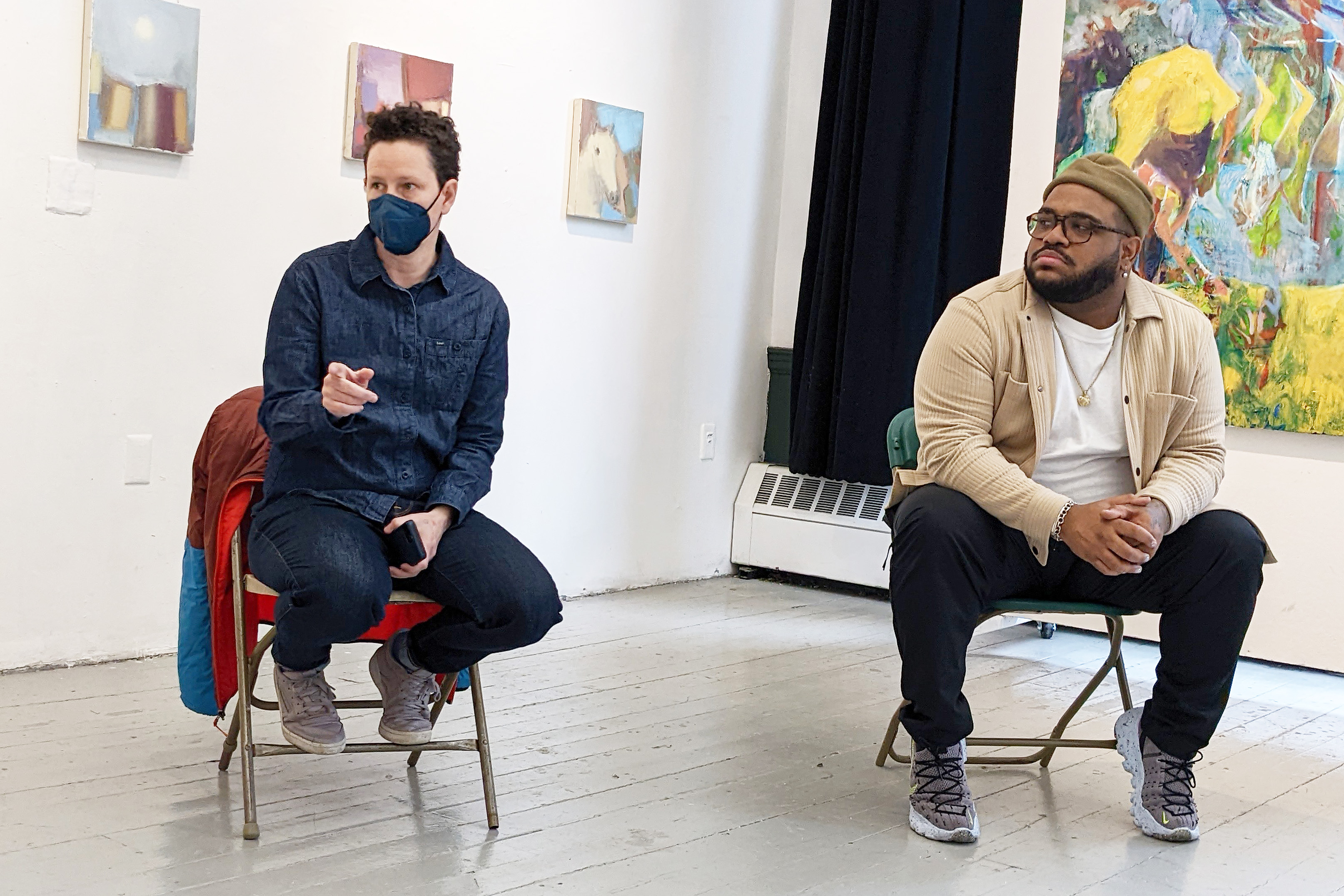
“Obviously you’ve discovered something here,” Bhabha told first-year grad student Jahi Lendor MFA 23 PT as she studied a piece he’d constructed from black T-shirts, a hoodie and a belt. “I’m curious as to where this takes you next. Would you try painting on it or do you love it too much? You can’t become too precious in your work.”
“My work references colonialism, displacement, memories of home and the ruins of war, but without losing sight of the inherent humor that rescues us from despair.”
Much of Bhabha’s own work is inspired by science fiction. “I really respond to the imagery, and it opened up a lot for me in terms of how I want my sculptures to look,” she says. Colossal figures like the two who faced off on the rooftop of the Metropolitan Museum of Art in NYC (We Come in Peace, 2018, see top photo) seem to have dropped in from a faraway planet.

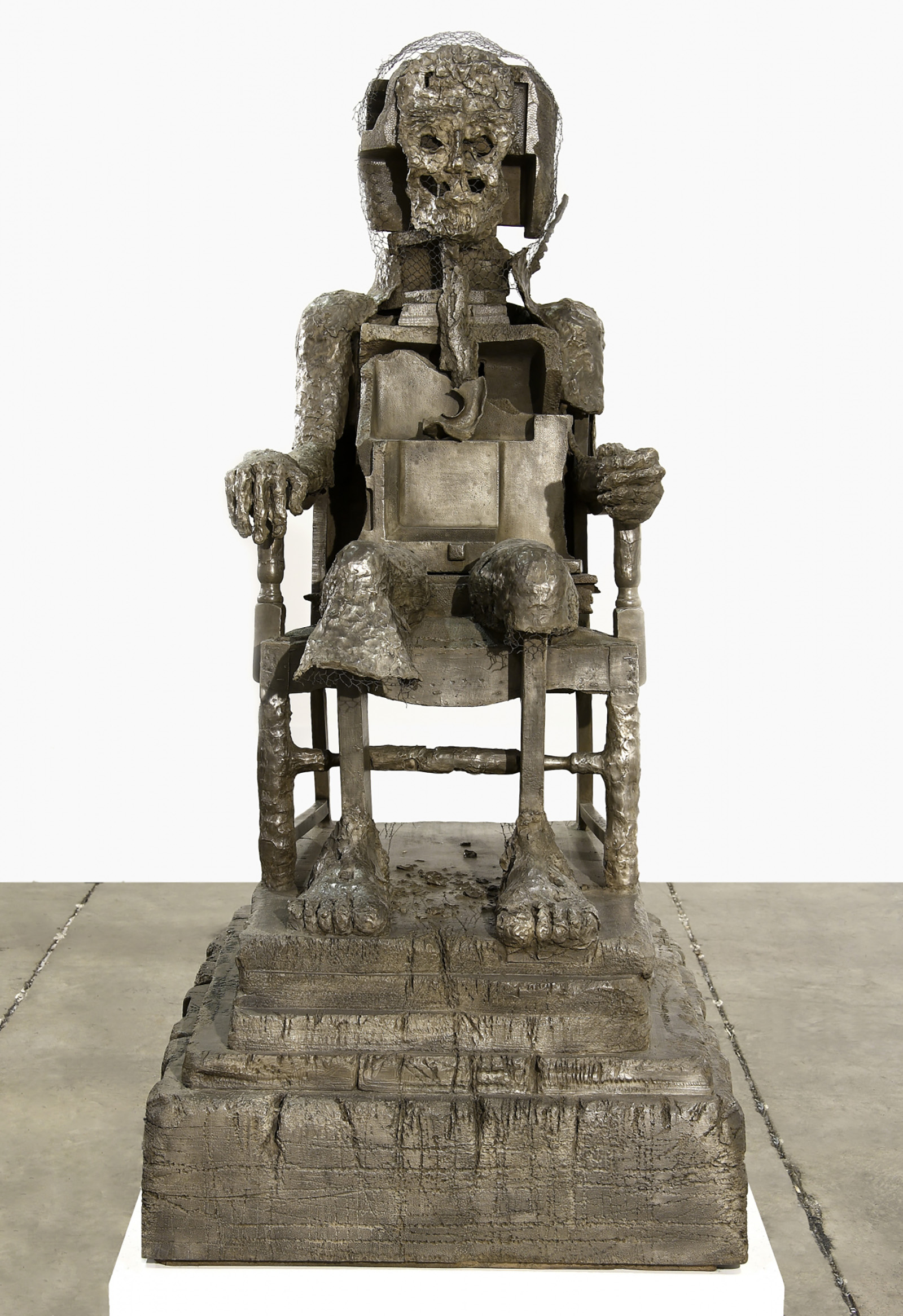
“Ultimately, both figures are monuments,” Bhabha says of the piece. “The standing figure can be seen as a victor. The other is a symbol of the conquered, bowed down in submission.”
Bhabha also describes the figures she sculpts in bronze, Styrofoam, clay and cork as “personal deities [and] totems. I have no set plan when I begin a piece,” she adds. “I plan things loosely but then let the materials take over and solve the problems that come up along the way.”
“I plan things loosely but then let the materials take over and solve the problems that come up along the way.”
Although she is best known for her sculptures, Bhabha creates a wealth of 2D images as well, frequently drawing on top of her own photographs. She uses photos of her sculptures (like Nelly, 2003, which she describes as “Vermeer meets Ecstasy of Saint Teresa”) to develop cinematic elements in the work. She might photograph a piece in an unexpected landscape, for example, like an abandoned construction site or wind-swept beach.
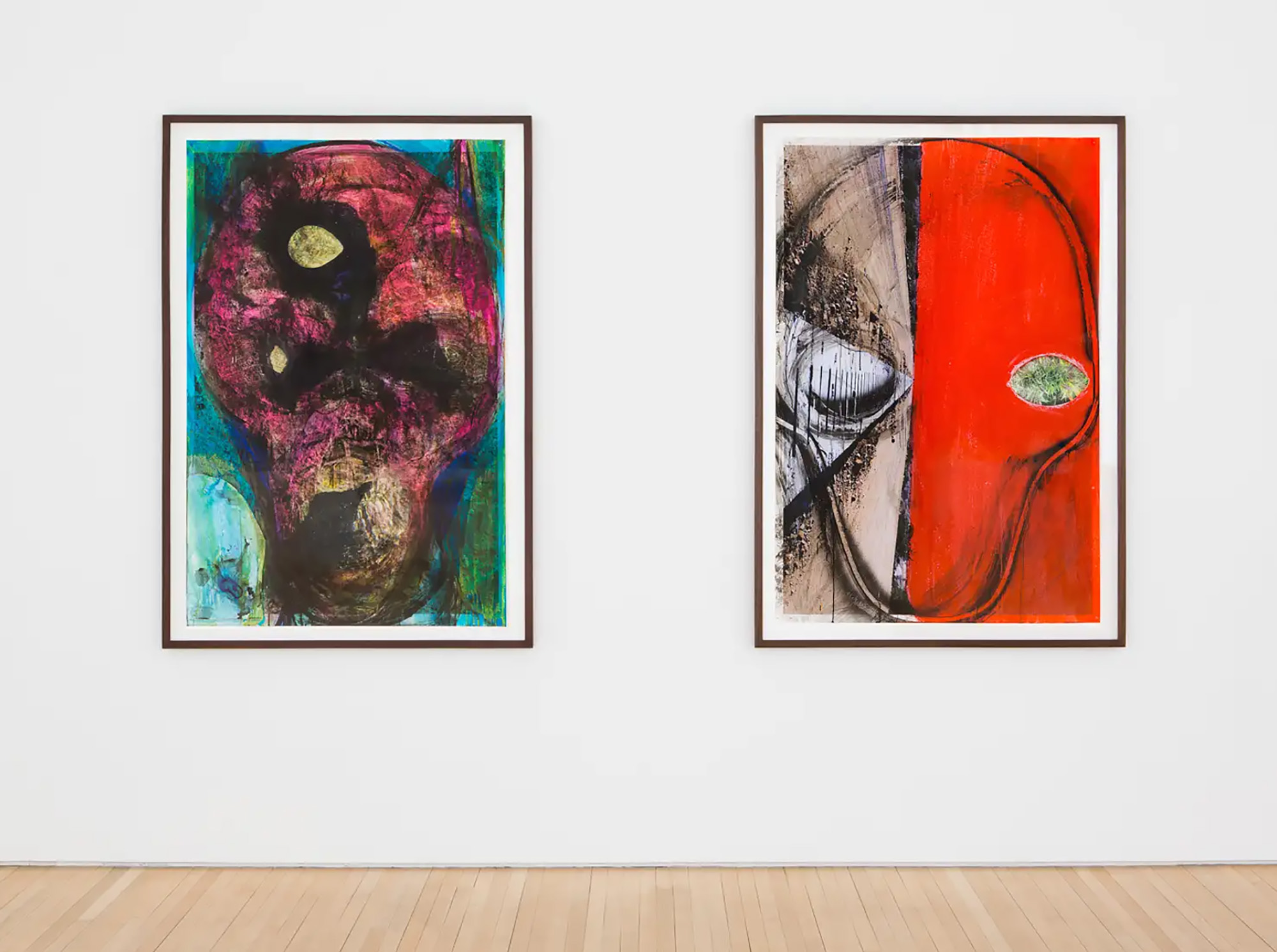
Whenever possible, Bhabha incorporates found objects and recycled materials, including pages torn from Karachi newspapers, old dog toys and in one case—Constantium, 2014—a metal trap door a friend passed along to her complete with a chain that contributed to the piece’s mythology. “I like using everything,” she notes. “You can combine things in new ways and give them a second life.”
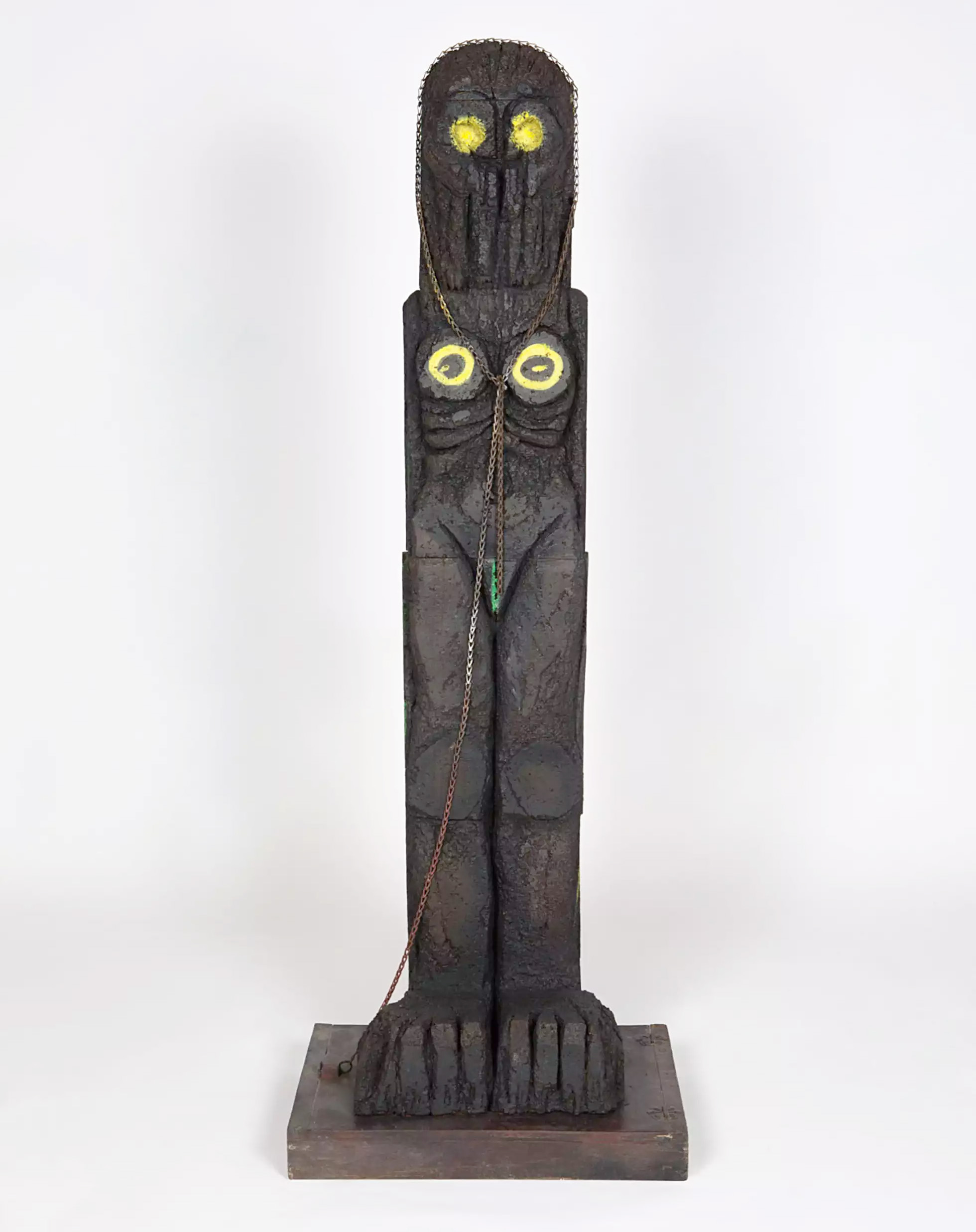
During her studio visit with grad students, Bhabha admired the sculptures in progress by Malda Smadi MFA 23 PT but found more substance in the small-scale drawings she shared. “The drawings seem to be coming directly from your head,” she said, “and it looks like you’ve made discoveries in them. The sculptures seem less figured out. But if you’re aware of the imperfections in your work, you can use them as part of your process.”
One student wondered if Bhabha sees her work as a form of societal critique. “I’m not critiquing anything,” she responds. “I’m simply bearing witness to my contemporary existence and the world around me.”
—Simone Solondz
April 28, 2022
